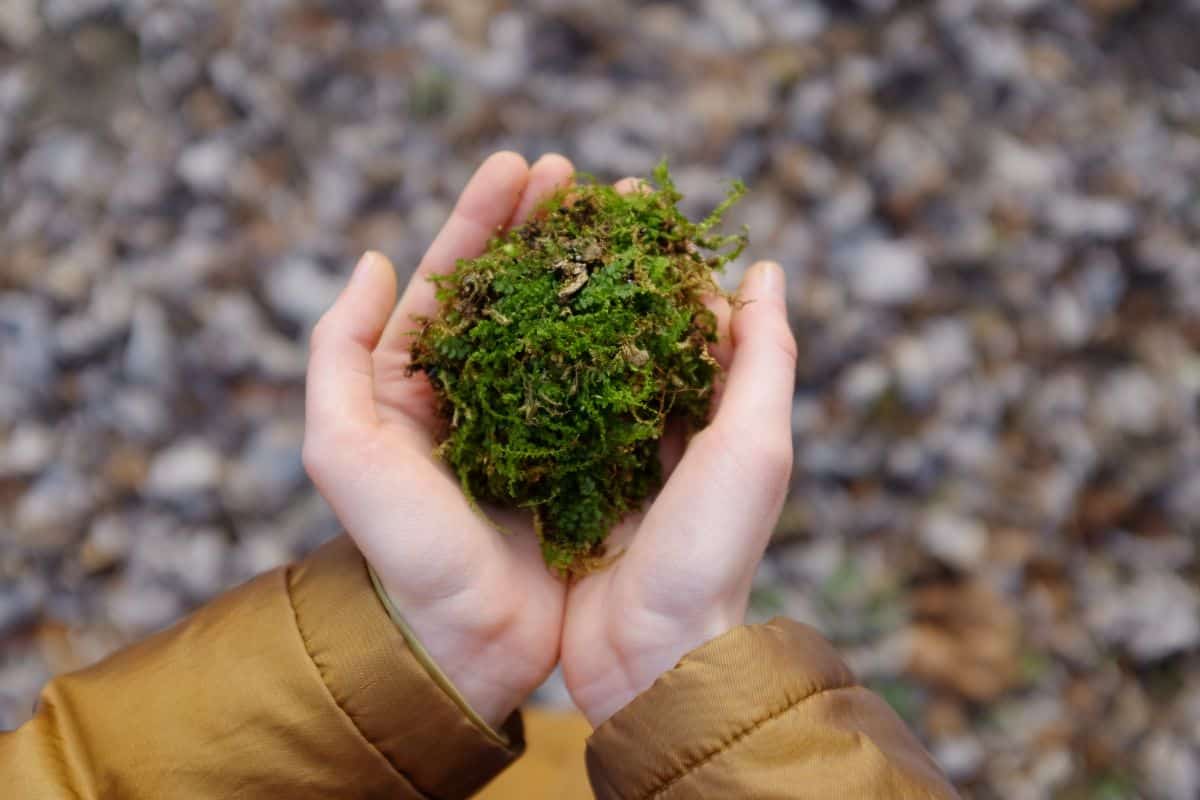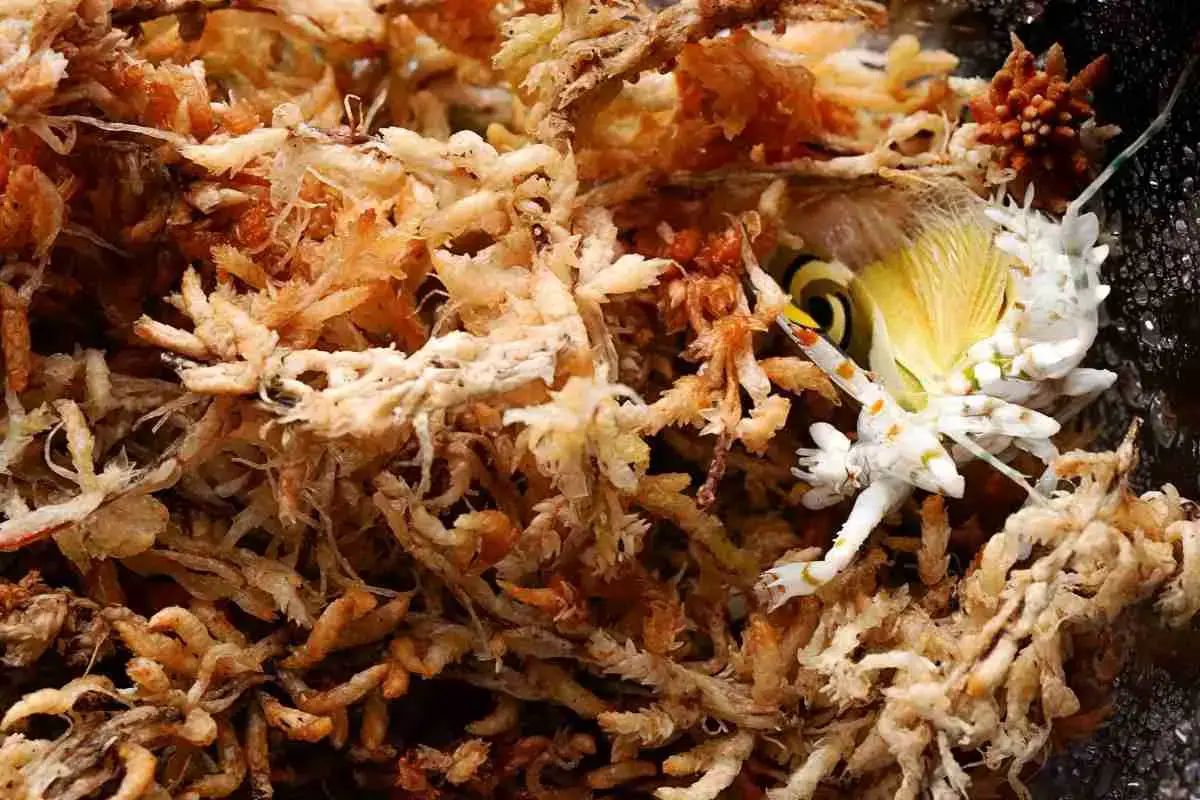
3 Simple Methods To Sterilize Sphagnum Moss
Read more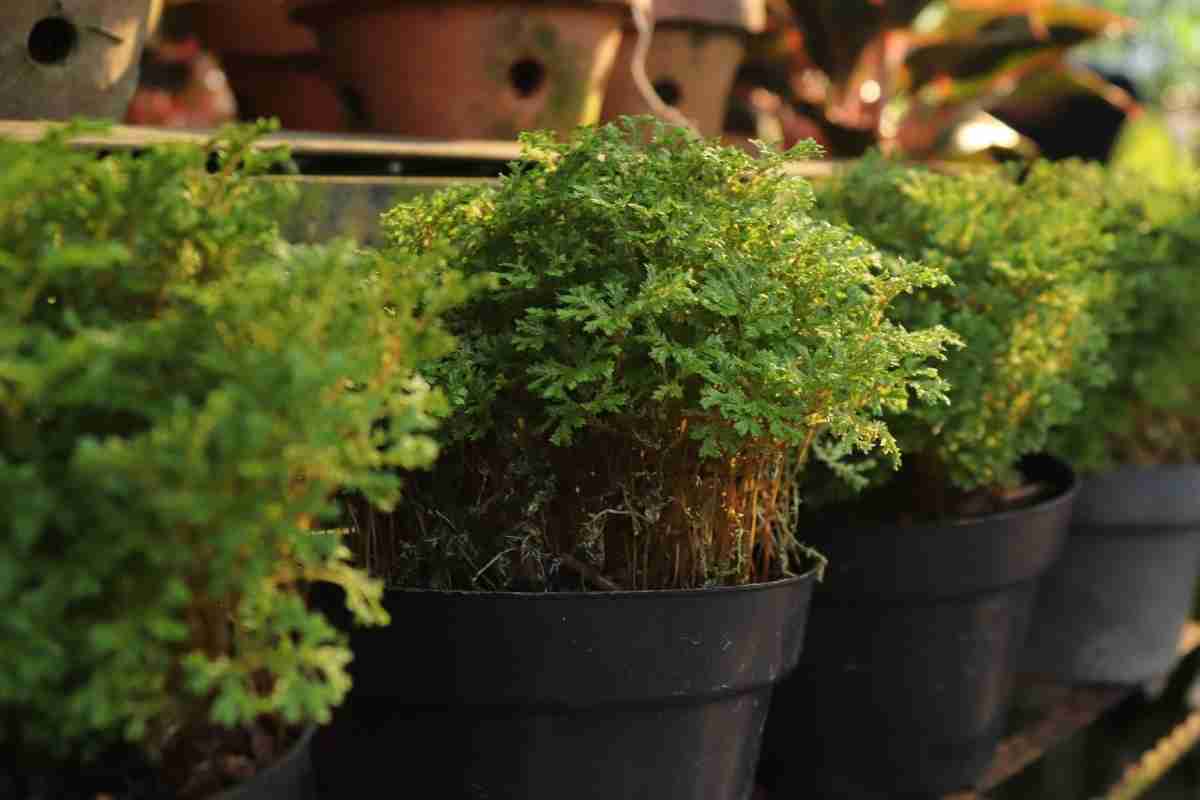
Is Moss Good For Plants? (Indoor & Outdoor Plants)
Read more
Buttermilk To Grow Moss: Weird, But Effective!
Read more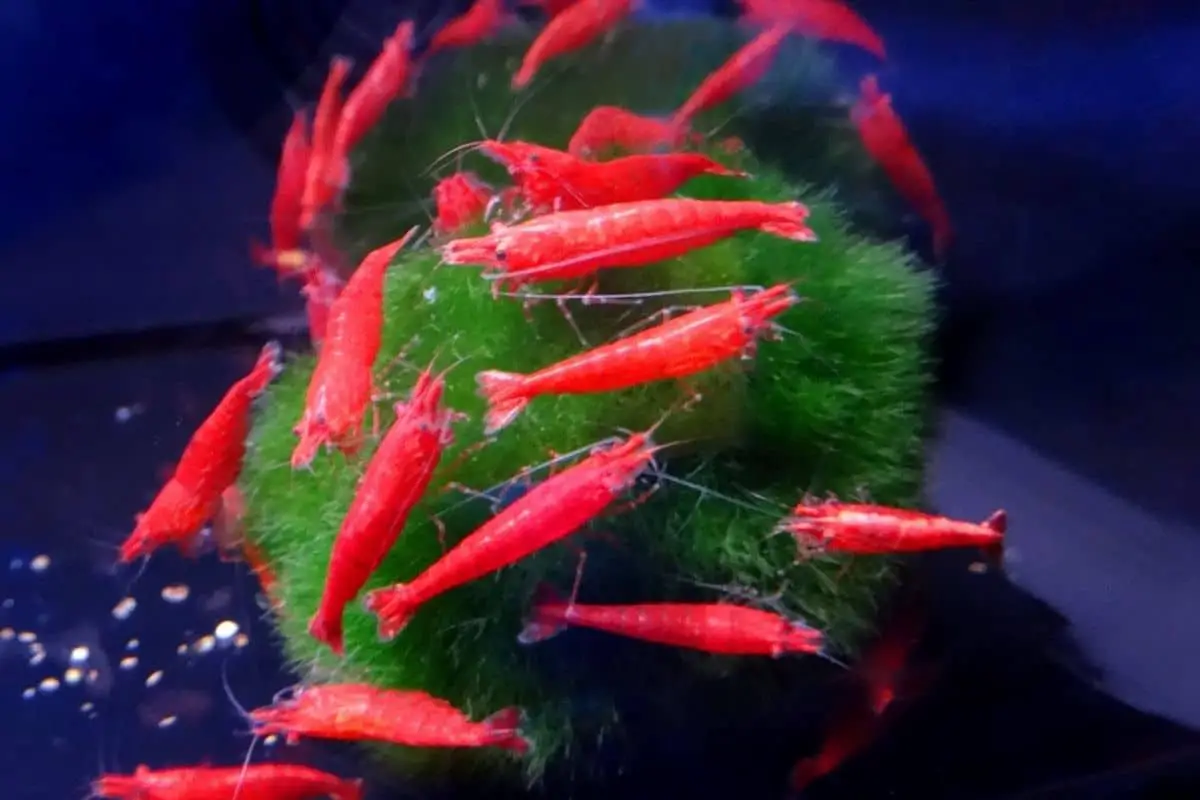
How Long Do Moss Balls Last In A Fish Tank?
Read more
How to Grow Moss with Yogurt? Step By Step Guide!
Read more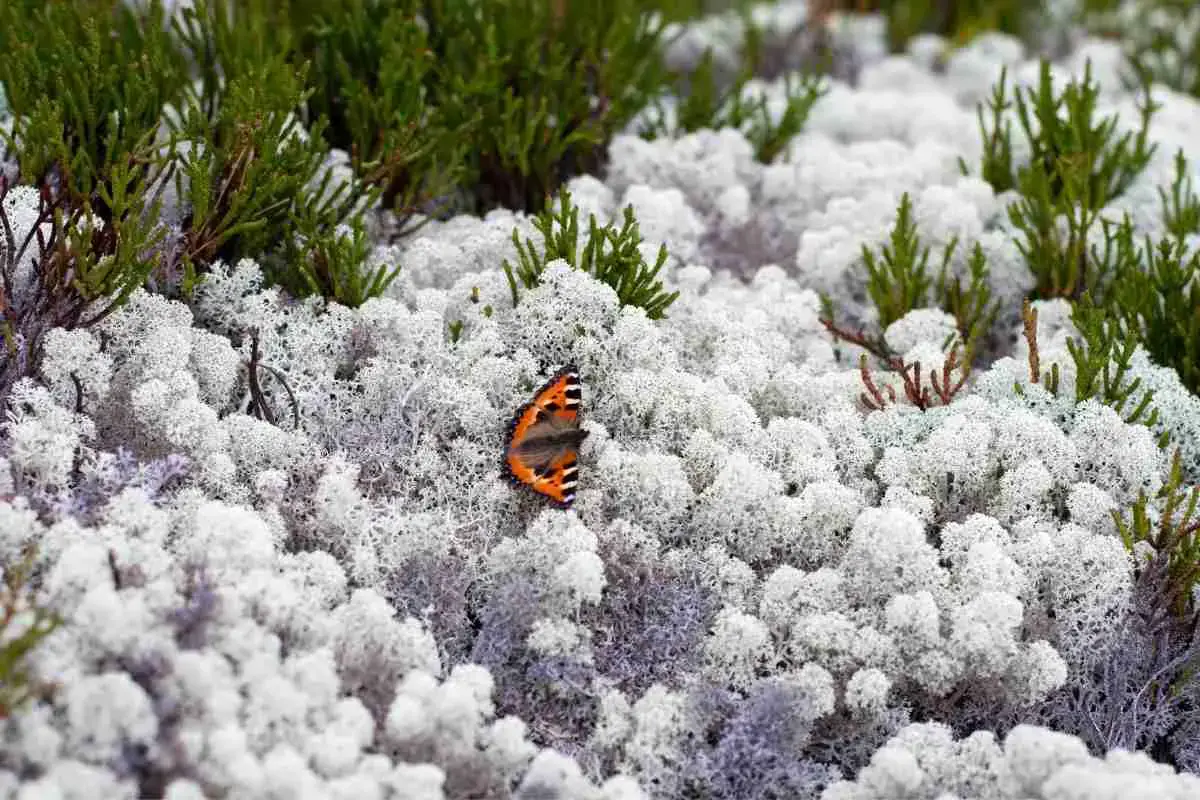
22 Different Types of Lichens (Detailed Guide)
Read more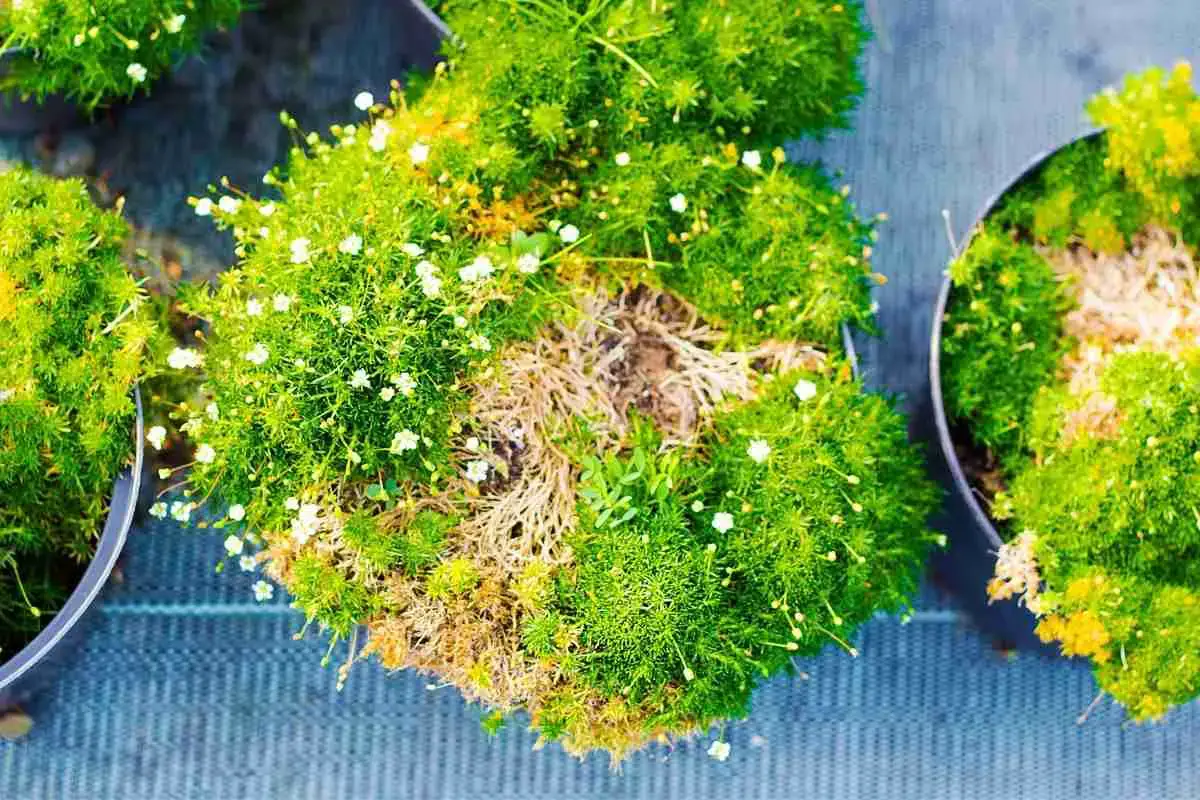
Scotch Moss or Irish Moss: Unveiling the Key Differences You Need to Know!
Read more
How to grow moss without moss. And why you’d rather not
Read more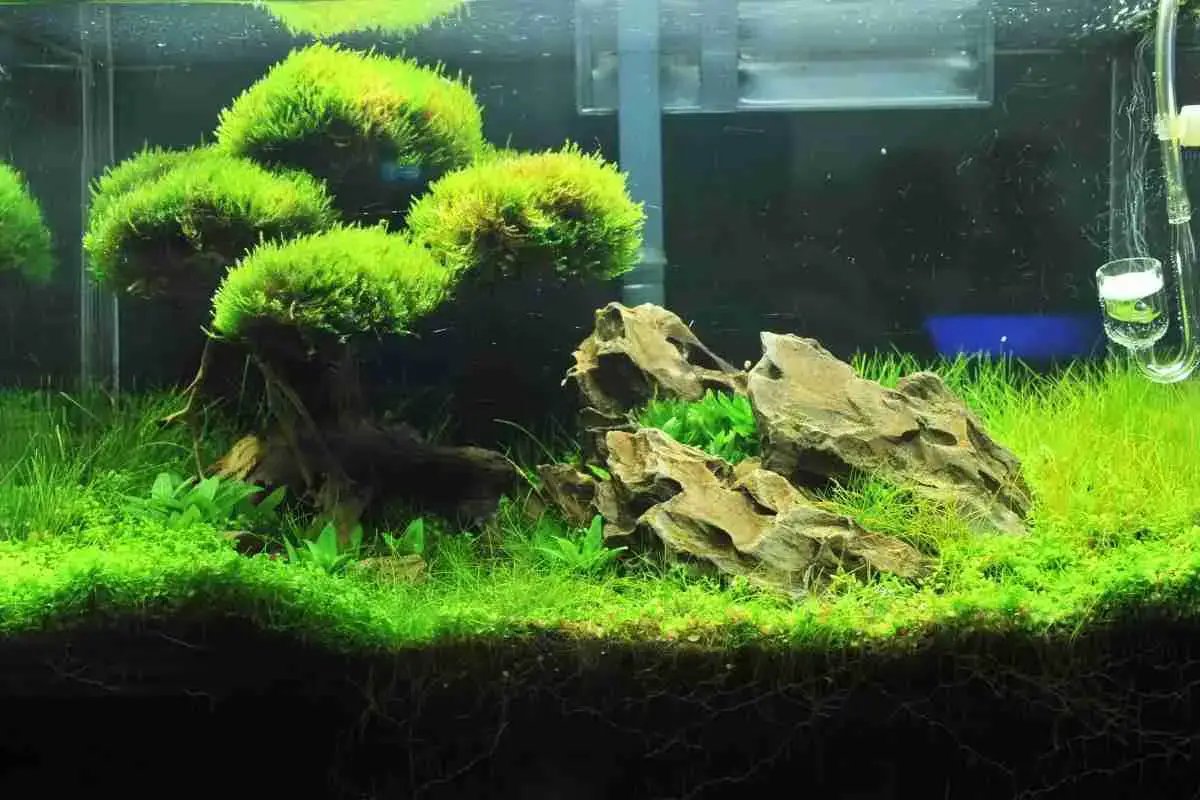
How To Grow Java Moss Carpet On Sand?
Read more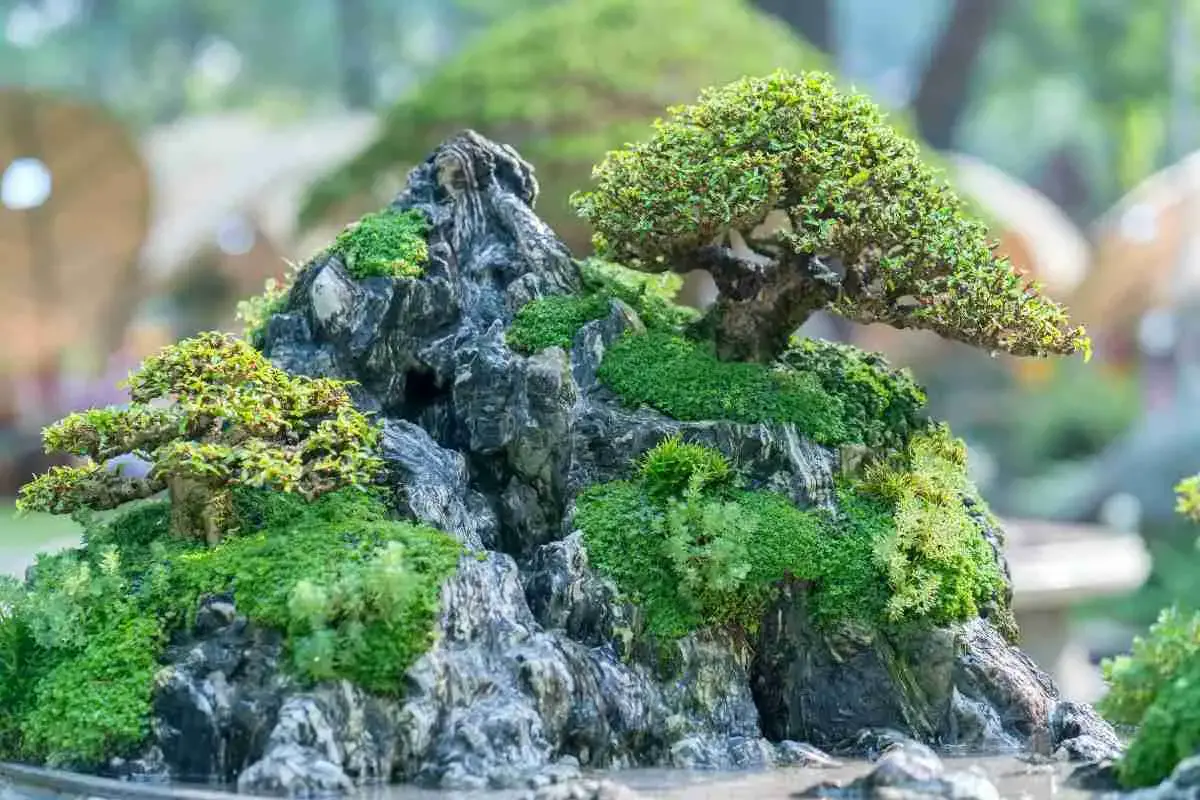
6 Types Of Moss For Bonsai: Bonsai Moss
Read more
What Is The Best Time To Apply Moss Killer To The Lawn?
Read more